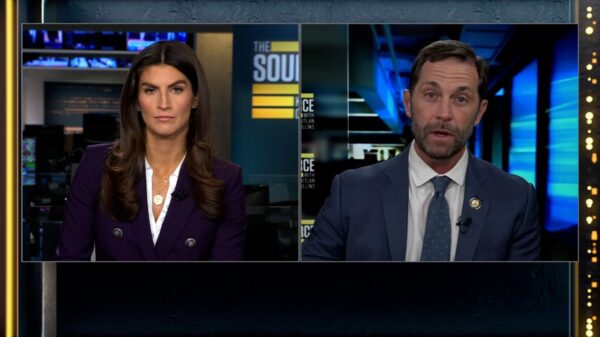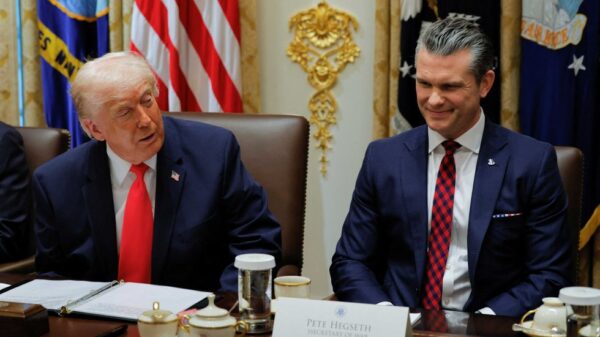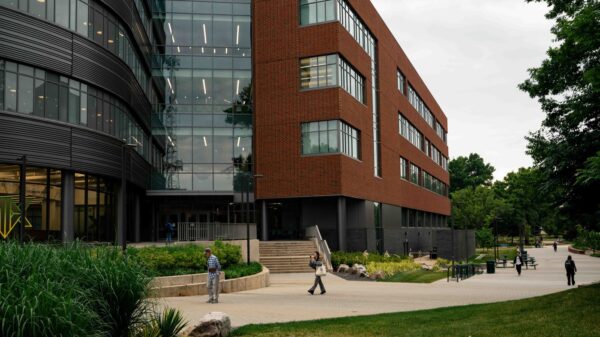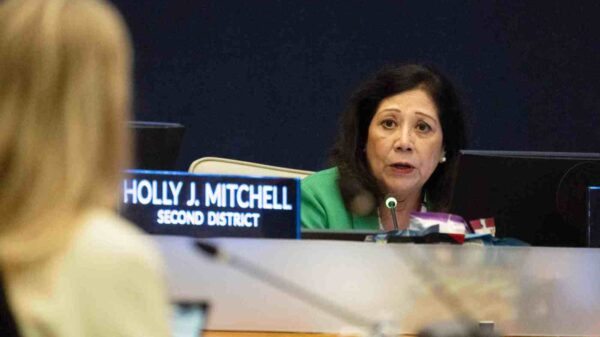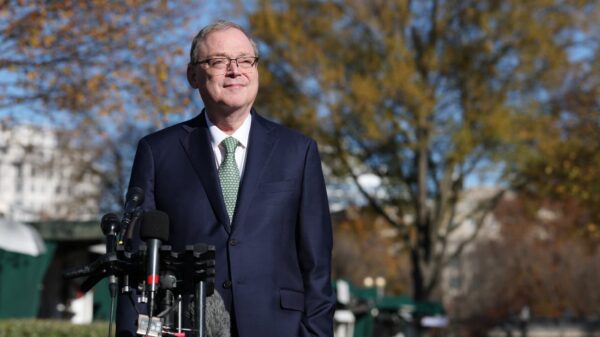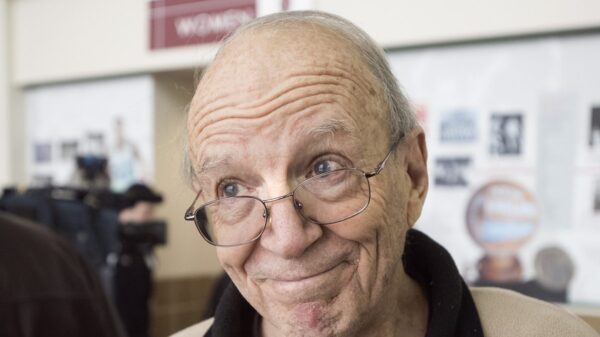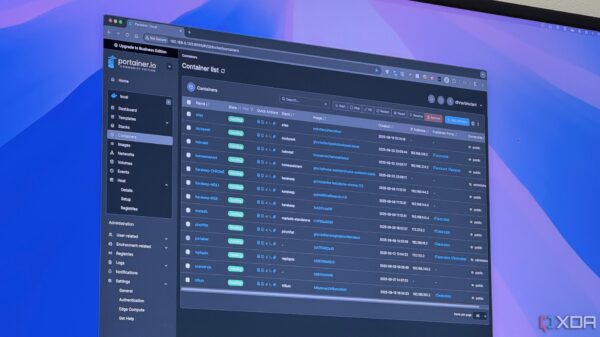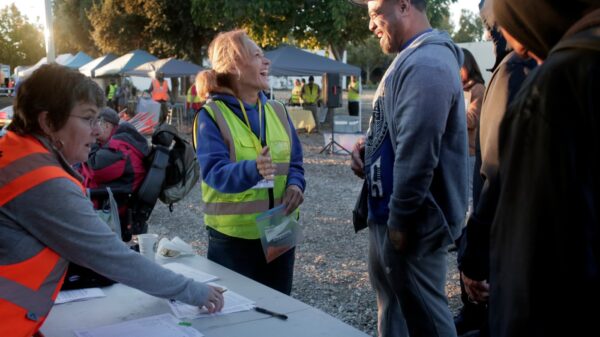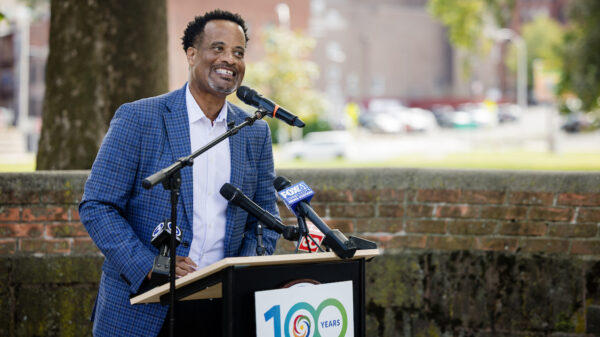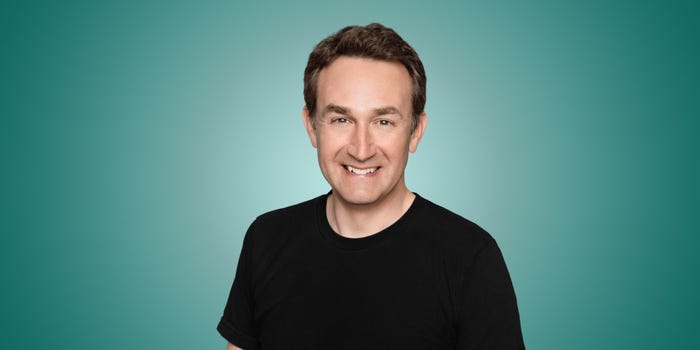UPDATE: Eric Allison, the driving force behind flying taxi innovations, is now leading the charge at Joby Aviation, aiming to revolutionize urban transport with electric flying cars. With a career spanning over a decade in the eVTOL (electric vertical takeoff and landing) industry, Allison’s efforts are coming to fruition as Joby prepares to launch its services.
Joby Aviation, which acquired Uber’s Elevate division in 2020 along with a $75 million investment, is making headlines following a successful demonstration at the California International Airshow earlier this month, where they showcased their aircraft to over 50,000 attendees in Monterey County. This public display signifies a pivotal moment in bringing flying taxis to the mainstream, transforming how people think about urban mobility.
Why this matters NOW: With the global transportation landscape rapidly evolving, Allison’s leadership at Joby is critical. He has a unique background, transitioning from leading Zee.Aero, a precursor to Google’s flying car initiatives, to spearheading Uber’s Elevate project. Now, he aims to combine these experiences to create an Uber-like service using flying vehicles, making aerial travel accessible and efficient.
Allison’s Journey: Starting in 2010 with Zee.Aero, he was at the forefront of the electric flying car movement. After the company merged into Kitty Hawk, another venture by Google cofounder Larry Page, Allison took leadership roles that shaped his vision. At Uber, he navigated the challenges of integrating a cutting-edge flying taxi vision into a ride-hailing giant. He recalls, “The hardest part was holding a clear, ambitious vision for a technology most people thought was still science fiction.”
Looking Ahead: As Joby gears up for its market debut, the anticipation builds. Allison envisions seamless experiences for users—imagine opening the Uber app and selecting a flying taxi option, arriving at the heliport, and landing at JFK in just seven minutes. This efficiency could revolutionize airport travel and urban commuting.
The recent airshow demonstrated that flying taxis are not just theoretical; they are on the verge of becoming a reality. Allison notes, “We’re no longer convincing people that this is possible.” With increasing investment and technological advancements, the timeline for operational flying taxis is accelerating.
Next Steps: As Joby prepares for passenger flights, the industry watches closely. The initial flights could happen sooner than expected, and Allison’s excitement is palpable. “I’ll be excited about the first passenger, but I’ll be really excited for our 100,000th passenger,” he states.
With the potential to reshape urban mobility, Allison’s work at Joby Aviation is more than just a technological endeavor; it represents a significant shift in how we will navigate our cities. The public’s response to these innovations will be crucial, as the concept of flying taxis transitions from a futuristic dream to a tangible service.
In an age where the demand for innovative transport solutions is at an all-time high, Joby Aviation, under Allison’s leadership, is poised to take flight. Stay tuned for further updates as this story develops.

